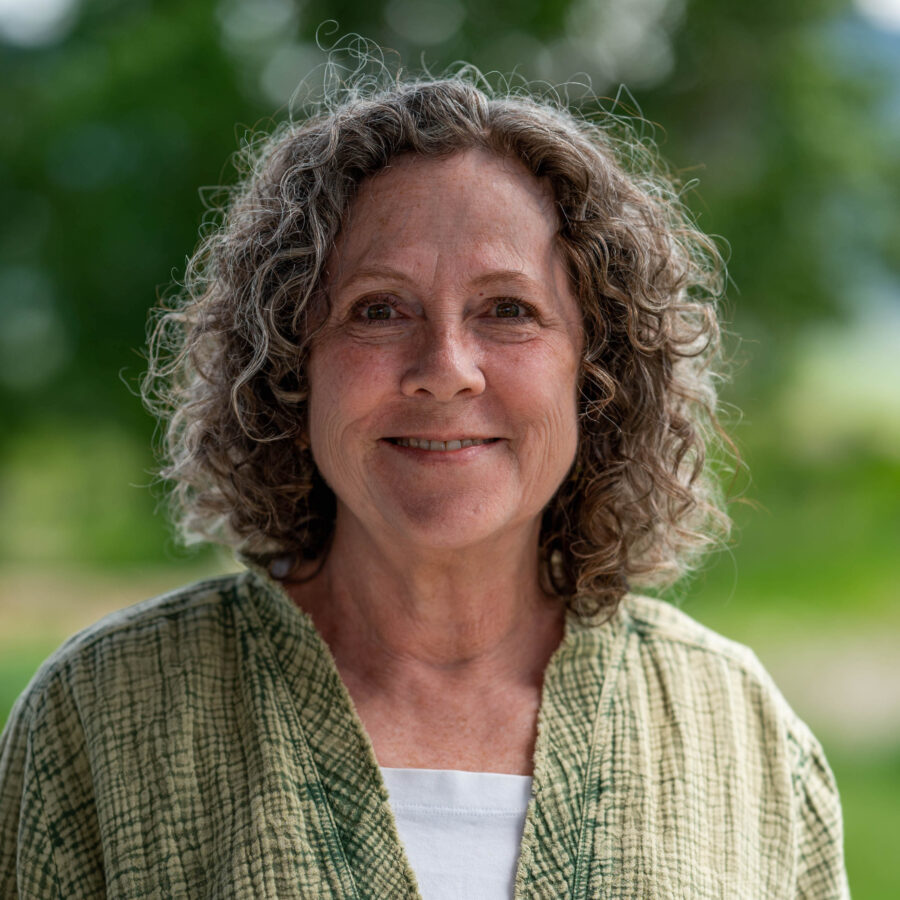
Many federal grant programs require communities to provide a local match, creating barriers for rural and underserved places.

Janet has 30+ years of experience working on natural resource issues with government agencies, tribes, universities, and nonprofits across the country. Collaboration and clear communications have been the common elements in all her work. As a former reporter, grant writer, communications specialist, program director, and editor, she is adamant about equity, the environment, and thoughtful dialog.
Janet served as director of the Center for Invasive Plant Management at Montana State University for nine years before moving to the coast of Washington to work as a grant writer for the natural resources department of the Quinault Indian Nation. Salmon, old-growth forests, marine biodiversity, and coastal climate change were her focus. She was especially gratified to help the Quinault Indian Nation produce its first ethnobotany book.
At Headwaters Economics, Janet assists staff with grants management, financial management, policy research, and writing, editing, and proofreading proposals, reports, and web posts.
Janet has co-authored three books, helped establish a peer-reviewed scientific journal, and was appointed by the Secretary of Interior to the national Invasive Species Advisory Committee based in Washington, DC, which she served five years, including as vice-chair for two years. She has served on several boards of directors for professional organizations across the country, as well as on agency grant review panels. Janet holds a B.A. in English-Writing from Penn State University and a Master’s in Public Administration with a Merit Award from Montana State University.
For millions of Americans experiencing food insecurity with low incomes, low food access, and no car, putting healthy food on the table is a logistical nightmare.

Many federal grant programs require communities to provide a local match, creating barriers for rural and underserved places.

The United States is spending billions of dollars on suppressing wildfires that threaten a growing number of homes, but very little on better preparing communities before a wildfire occurs.

In light of rising wildfire risks, we analyzed the costs of constructing homes to three levels of wildfire resistance in California.

At least 1.2 million wood roofs are in areas with wildfire risk. Funding is needed to help communities prepare for wildfire.